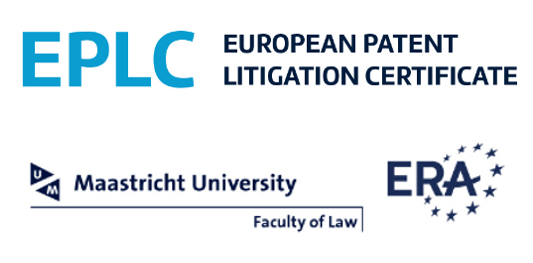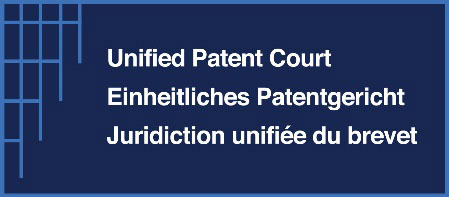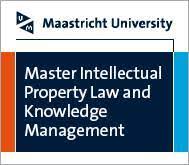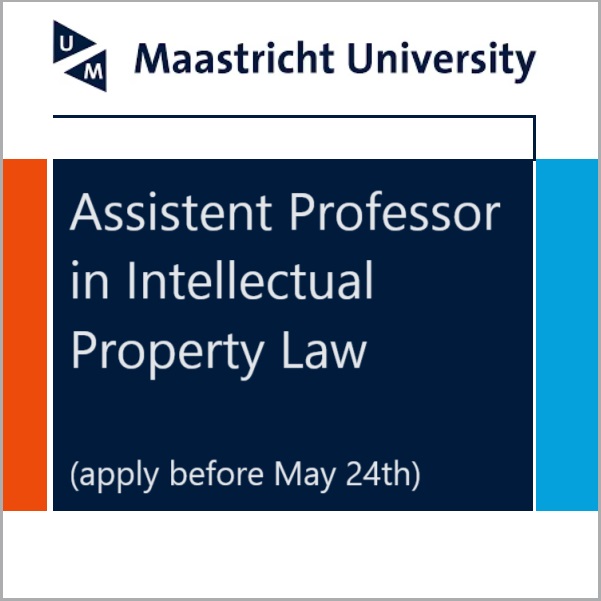Article 56
Print this pageAn invention shall be considered as involving an inventive step if, having regard to the state of the art, it is not obvious to a person skilled in the art. If the state of the art also includes documents within the meaning of Article 54, paragraph 3, these documents shall not be considered in deciding whether there has been an inventive step.
UPC case law
IPPT20240226, UPC CoA, Nanostring v 10x Genomics II
More likely than not that the subject-matter of claim 1 in the version of the main request will prove to be obvious (article 56 EPC). Likely that for a person skilled in the art at the priority date of the patent at issue, after successful application of an in vitro multiplex method for the detection of ASMs, the next step was to consider transferring the method to an in situ environment. Reasonable expectation of success from a technical point of view. Problems such as “molecular crowding” or “autofluorescence” are problems that regularly arise in connection with the in situ detection of analytes in issue or cell samples – but which a person skilled in the art would have been able to deal with on the basis of their expertise at the priority date and which therefore would not have prevented them from carrying out tests in the aforementioned sense due to insufficient prospects of success. Obvious for a person in the art who, proceeding from D6, was prompted to transfer the in vitro multiplex detection method disclosed therein to cell or issue samples, to also use the techniques of immunohistochemistry and/or fluorescence in situ hybridisation known to him or her on the basis of his or her expertise.

















